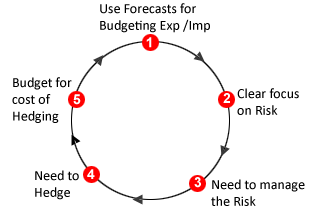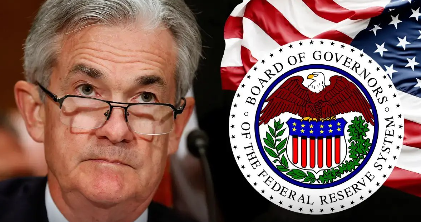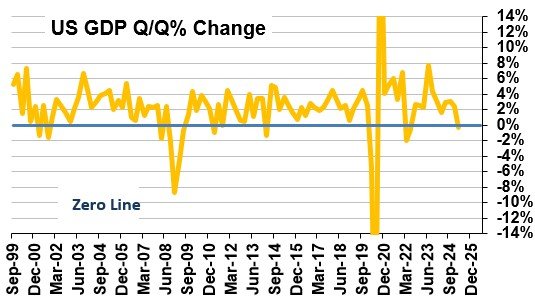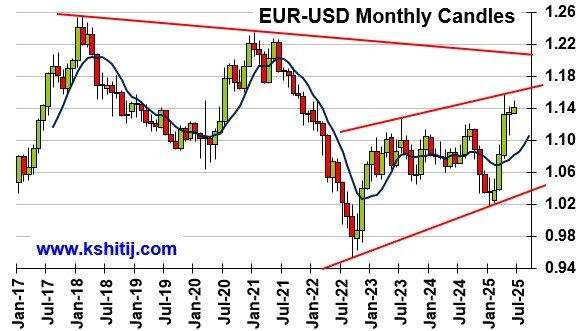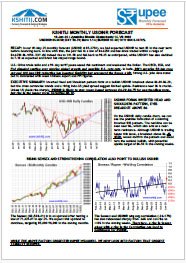Never 0, never 100, and not in one go!
Apr, 10, 2012 By Vikram Murarka 0 comments

One of the most agonizing difficulties commonly faced by the risk manager is not knowing where the market is likely to go. This makes it nearly impossible for him to decide whether to hedge or not to hedge. To put an end to his indecision, and not knowing what to do, he often leaves the exposure unhedged. His line of thought is, "Who knows whether taking a hedge will be right or wrong? It is better not to do anything. Who will take the blame if things go wrong?" Very often, the CFO/ CEO/ MD also agree with the risk manager, coming up with a number of justifications for the decision.
The strategy of inaction works well enough if the market is either stable or is moving in favour of the exposure. Unfortunately, the happy state of affairs does not last forever and the risk manager often ends up hedging in a state of panic when the market starts to go against him.
Underlying the above practice are two misconceptions:
- The risk manager has a responsibility to hedge at the highest rates (for exports) and lowest rates for imports.
- When he hedges, the risk manager should hedge 100% of the exposure.
However, the seasoned risk manager knows that it is not possible to strike the tops and bottoms of the acceptable average rate for the hedge. The simple trick he employs is to hedge the exposure in parts instead of as a whole. He might break up the exposure into 3 parts, or 4 parts or even 10-12 parts, and then proceed to hedge each part at different rates and at different times in the market.

Since the hedges are undertaken at regular intervals, when the risk manager follows this strategy consistently over a sufficiently long period, he gets several benefits, as enumerated below:
- Is able to achieve a decent average rate.
- Does not have to worry about trying to achieve the highest or lowest rates. Or in other words, he does not have to try and "time" the market.
- Even if a couple of forecasts, on which the hedges are based, go wrong, it is not a major worry because (a) the wrong forecast does not impact the entire hedge and (b) there are good chances that subsequent forecasts will go right.
- Dramatically reduces the arbitrariness and ad-hocism in the hedging process and greatly enhances the systematic aspect of hedging.
- All of the above, together, make the whole hedging process much more robust than if each exposure were to be hedged in one go.
Further, it has been our experience that in the hands of a skilled risk manager, this strategy can go so far as to help the company achieve an average realization rate that is better than the average market rate.
So, remember, do not leave your exposure totally unhedged, do not cover it fully at one go. Try and hedge in steps.
Array
In our last report (02-May-25, UST10Yr 4.24%) we had expected the US2Yr to rise to 4% by July and then fall to 3.2% by October. However, the US2Yr has risen to a high of 4.07% already. The US10Yr was expected to be ranged between …. Read More
Expected increase in oil supply by OPEC, a possible shallow recession in the US and lower global growth consensus may weigh on the crude prices in the near term and keep it lower. However, we need to keep an eye on the final trade tariff deals between … Read More
Euro has moved up sharply over the last 4-5 months and faced volatility admist the trade tariff talks and other geopolitical tensions globally. Will the uptrend continue and take it to fresh highs in the coming months? Or can there be any corrective consolidation or decline? …. Read More
Our June ’25 Dollar Rupee Monthly Forecast is now available. To order a PAID copy, please click here and take a trial of our service.
Our June’25 Monthly Dollar-Rupee Forecast is now available. To order a PAID copy, please click here and take a trial of our service.
- Kshitij Consultancy Services
- Email: info@kshitij.com
- Ph: 00-91-33-24892010
- Mobile: +91 9073942877




